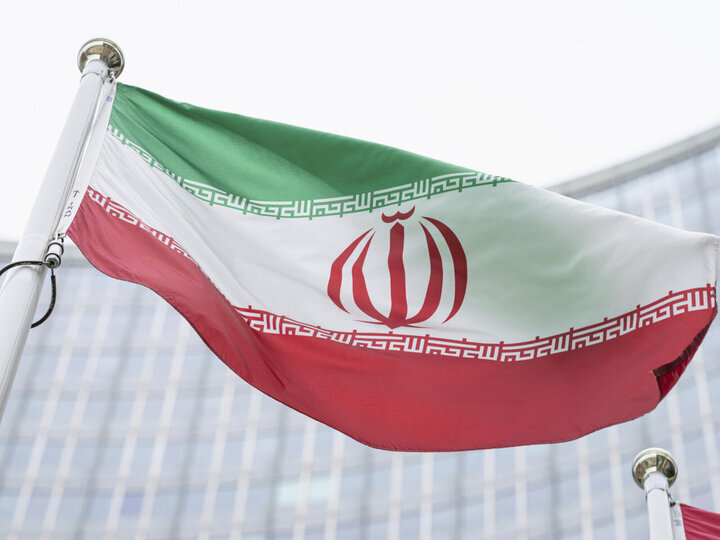US Warplanes Unleash 40+ Airstrikes in Yemen: A Surge of Military Action
In recent developments, US warplanes have intensified their operations in Yemen, conducting a significant number of airstrikes targeting various regions of the country. These actions have raised concerns regarding the ongoing conflict and its humanitarian implications.
According to Al Jazeera, US warplanes executed a substantial number of airstrikes across Yemen from Monday night into the early hours of Tuesday morning. The total strikes reported against key locations, including Sanaa and the provinces of Marib and Al-Hudaydah, have amounted to 40. This surge in military activity highlights the escalating tensions in the region and the ongoing conflict that has plagued Yemen for years.
On Monday alone, there were 25 airstrikes documented in the Al-Tuhaita district within the Al-Hudaydah province. This area has been a focal point of military engagement, further complicating the humanitarian situation for civilians caught in the crossfire.
Key Details of the Airstrikes
- Locations Targeted: Sanaa, Marib, Al-Hudaydah
- Total Strikes: 40 airstrikes in total
- Al-Tuhaita District: 25 airstrikes reported in one day
The ongoing airstrikes reflect the continued involvement of the US in the Yemeni conflict, which has resulted in significant civilian suffering and a deteriorating humanitarian crisis. As the situation unfolds, it is crucial to monitor the impact of these military actions on the local population and the broader implications for peace in the region.
Yemen has been embroiled in a devastating civil war since 2014, which has resulted in one of the world’s worst humanitarian crises. The conflict has drawn in regional powers and has led to widespread destruction and loss of life. The recent airstrikes by US forces signal a renewed commitment to military engagement in Yemen, raising questions about the long-term strategy and objectives of US involvement.
Humanitarian Impact
The humanitarian impact of the airstrikes is profound, with many civilians suffering from the consequences of ongoing military actions. Access to basic necessities such as food, clean water, and medical supplies is severely limited. The situation is exacerbated by the blockade imposed on the country, which has further restricted humanitarian assistance.
Among the key humanitarian concerns are:
- Food Insecurity: Millions of Yemenis are facing acute food shortages, with many on the brink of famine.
- Healthcare Access: Hospitals and medical facilities have been heavily damaged or destroyed, making it difficult for the population to receive necessary medical care.
- Displacement: Ongoing violence has forced countless families to flee their homes, leading to a significant increase in internally displaced persons (IDPs).
As the conflict continues, international organizations and humanitarian agencies are calling for an urgent ceasefire and increased efforts to deliver aid to those in need. The situation remains critical, and the need for a sustainable resolution to the conflict is more urgent than ever.
International Response
The international community has expressed concern over the escalating violence in Yemen. Various nations and humanitarian organizations have urged for diplomatic efforts to resolve the conflict peacefully. The United Nations has been actively involved in mediating talks between the conflicting parties, but progress has been slow.
Key points regarding international involvement include:
- UN Mediation: The United Nations is working to bring parties to the negotiating table for peace talks.
- Humanitarian Aid: Ongoing efforts to provide humanitarian assistance to affected populations are crucial, with many organizations working on the ground to deliver aid.
- Global Awareness: Increased media coverage and advocacy for Yemen are vital to keep the plight of the Yemeni people in the spotlight.
As the situation in Yemen continues to evolve, the role of international powers in addressing the crisis remains a topic of significant discussion. The impact of military actions on the civilian population underscores the need for urgent action to protect human rights and ensure the safety of those caught in the conflict.
Conclusion
The recent surge in US airstrikes in Yemen has once again highlighted the complexities of the ongoing conflict and its dire humanitarian consequences. With over 40 airstrikes reported in a short span, the situation continues to escalate, putting countless lives at risk. The international community’s response will be crucial in addressing the immediate needs of the Yemeni people and working towards a lasting peace in the region.






